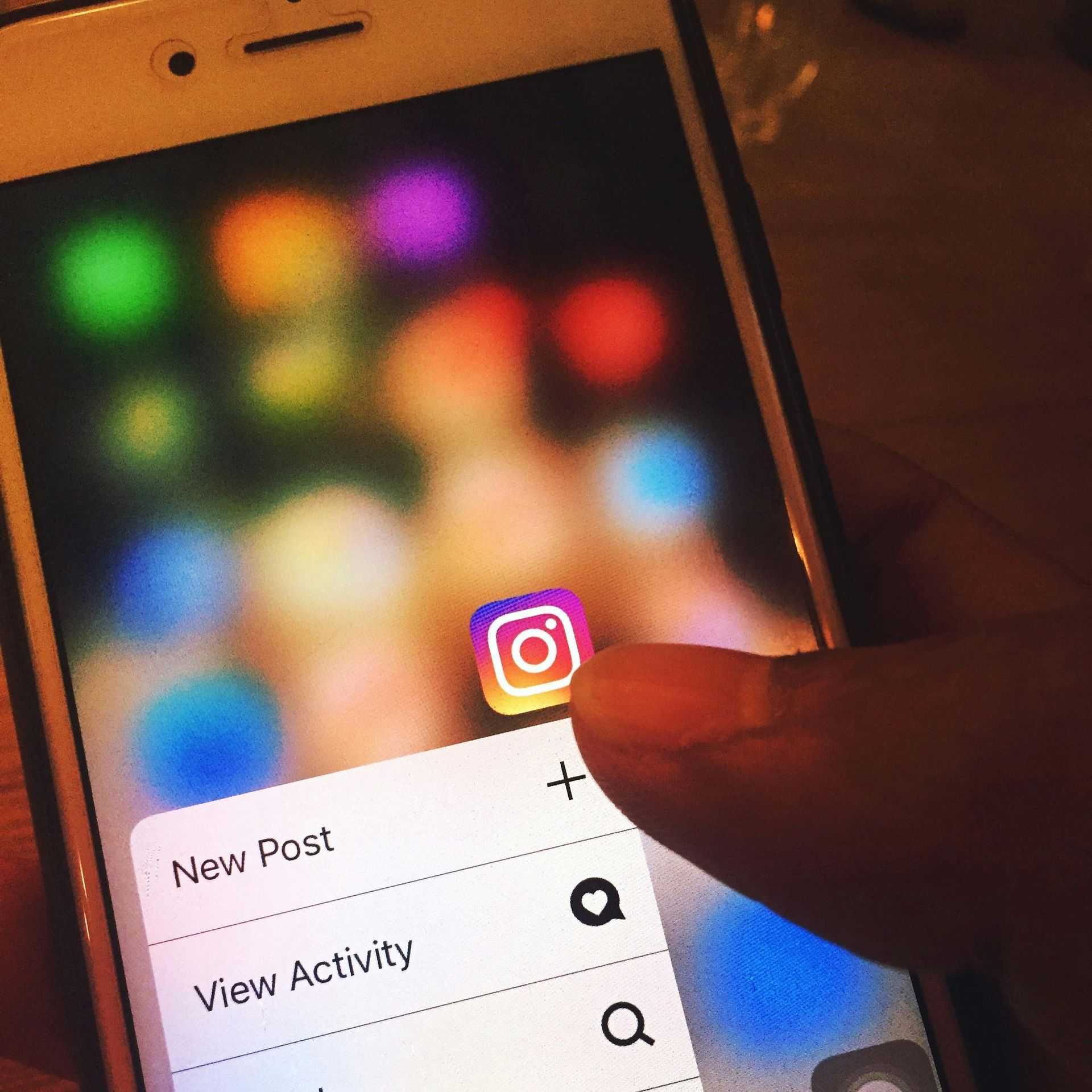Advertising on a Budget: Tips for Small Businesses
Understanding the Importance of Budget-Friendly Advertising
For small businesses, every dollar counts. Unlike large corporations with expansive marketing budgets, small businesses often operate with limited resources, making it essential to adopt cost-effective advertising strategies. Budget-friendly advertising allows small businesses to compete in a crowded marketplace, build brand awareness, and attract new customers without breaking the bank. It levels the playing field, enabling even the smallest enterprises to carve out a niche and grow sustainably.
Moreover, the digital age has democratized advertising, offering countless free or low-cost tools and platforms that small businesses can leverage. From social media to local directories, these resources provide opportunities to connect with target audiences in meaningful ways. By focusing on smart, strategic advertising, small businesses can maximize their return on investment (ROI) and ensure that every marketing effort contributes to their growth.
Leverage Social Media Platforms for Free or Low-Cost Marketing
Choosing the Right Social Media Platforms
Not all social media platforms are created equal, and choosing the right one can make or break your advertising efforts. Start by identifying your target audience and understanding where they spend their time online. For instance, if your business caters to a younger demographic, platforms like Instagram or TikTok might be ideal. On the other hand, LinkedIn is better suited for B2B companies or professional services.
Once you’ve identified the right platforms, focus on building a consistent presence. This doesn’t mean you need to be active on every platform; instead, prioritize quality over quantity. A well-maintained profile on one or two platforms is far more effective than a scattered presence across many.
Creating Engaging Content on a Budget
Creating high-quality content doesn’t have to be expensive. Start by repurposing existing materials—turn blog posts into infographics, or use customer testimonials to create engaging social media posts. User-generated content (UGC) is another cost-effective option. Encourage your customers to share photos or reviews of your products and feature them on your social channels.
Additionally, focus on storytelling. Share behind-the-scenes glimpses of your business, highlight your team, or showcase your products in action. Authentic, relatable content often resonates more with audiences than polished, high-budget campaigns.
Utilizing Free Tools for Social Media Management
Managing social media can be time-consuming, but free or affordable tools can streamline the process. Canva, for example, offers user-friendly templates for creating professional-looking graphics. Tools like Buffer and Hootsuite allow you to schedule posts in advance, ensuring a consistent posting schedule without constant manual effort.
Analytics tools, many of which are free, can also help you track engagement and identify what types of content perform best. By leveraging these tools, you can optimize your social media strategy without incurring significant costs.
Tap into Local Marketing Opportunities
Partnering with Local Businesses
Collaborating with nearby businesses can be a win-win situation. For example, a coffee shop could partner with a local bakery to offer joint promotions, or a fitness studio could team up with a health food store for cross-promotional events. These partnerships not only expand your reach but also help you tap into an already-established customer base.
Participating in Community Events
Community events provide excellent opportunities for low-cost advertising. Whether it’s a local farmers’ market, a charity run, or a neighborhood festival, these events allow you to showcase your business to a targeted, engaged audience. Even small sponsorships, like donating products or services, can significantly boost your visibility.
Listing Your Business in Local Directories
Local directories like Google My Business, Yelp, and Bing Places are invaluable for small businesses. These platforms are often free and can dramatically improve your online visibility, especially in local search results. Ensure your listings are complete and accurate, including your business name, address, phone number, and hours of operation. Positive reviews on these platforms can further enhance your credibility and attract new customers.
Maximize the Power of Email Marketing
Building an Email List on a Budget
Growing an email list doesn’t require expensive tools or campaigns. Start by adding a sign-up form to your website and offering an incentive, such as a discount or free resource, in exchange for email addresses. You can also collect emails in person at your store or events.
Crafting Effective Email Campaigns
The key to successful email marketing lies in personalization and value. Use your emails to share exclusive offers, announce new products, or provide helpful tips related to your industry. Keep your subject lines compelling and your content concise to encourage higher open and click-through rates.
Using Free or Affordable Email Marketing Platforms
Platforms like Mailchimp, Sendinblue, and MailerLite offer free or low-cost plans that are perfect for small businesses. These tools often include templates, automation features, and analytics, making it easy to create and manage professional email campaigns without a hefty price tag.
Invest in Search Engine Optimization (SEO)
Optimizing Your Website for Local SEO
Local SEO is crucial for small businesses that rely on nearby customers. Start by optimizing your website with location-specific keywords, such as “best pizza in [city]” or “plumber near me.” Ensure your contact information is consistent across all online platforms, and encourage satisfied customers to leave reviews on Google.
Creating High-Quality, Low-Cost Content
Content marketing is one of the most effective ways to improve your SEO. Regularly publishing blog posts, FAQs, or how-to guides can help attract organic traffic to your website. Focus on topics that address your audience’s pain points or questions, and use keywords naturally throughout your content.
Using Free SEO Tools
Free tools like Google Analytics and Google Search Console can provide valuable insights into your website’s performance. Ubersuggest and AnswerThePublic are excellent for keyword research, helping you identify terms your audience is searching for. By leveraging these tools, you can refine your SEO strategy without incurring additional costs.
Experiment with Low-Cost Paid Advertising
Setting a Budget for Paid Ads
Paid advertising doesn’t have to be expensive. Start with a small budget and focus on platforms that offer the best ROI for your business. For example, Google Ads and Facebook Ads allow you to set daily spending limits, ensuring you stay within your budget.
Targeting the Right Audience
The success of paid ads often hinges on targeting. Use the demographic and behavioral data available on advertising platforms to narrow down your audience. The more specific your targeting, the more likely you are to reach potential customers who are genuinely interested in your products or services.
Testing and Optimizing Ad Campaigns
A/B testing is essential for optimizing your ad campaigns. Experiment with different headlines, images, and calls-to-action to see what resonates most with your audience. Continuously monitor your campaigns and make adjustments based on performance data to maximize your ROI.
Harness the Power of Word-of-Mouth Marketing
Encouraging Customer Reviews and Testimonials
Positive reviews can significantly influence potential customers. Encourage satisfied customers to leave reviews on platforms like Google, Yelp, or Facebook. You can even feature these testimonials on your website or social media channels to build trust and credibility.
Creating a Referral Program
Referral programs are a cost-effective way to attract new customers. Offer incentives, such as discounts or freebies, to existing customers who refer friends or family to your business. This not only rewards loyal customers but also helps you expand your customer base organically.
Engaging with Your Community
Building strong relationships with your customers can lead to organic word-of-mouth promotion. Engage with your audience through social media, respond to reviews, and participate in community events. The more connected your customers feel to your business, the more likely they are to recommend you to others.
Utilize Free and Low-Cost Online Resources
Free Online Courses and Tutorials
Platforms like HubSpot Academy, Coursera, and Google’s Digital Garage offer free courses on marketing, SEO, and social media. These resources can help you develop new skills and stay updated on the latest trends without spending a dime.
Joining Online Communities and Forums
Networking with other small business owners can provide valuable insights and opportunities for collaboration. Join online communities, such as Facebook groups or LinkedIn forums, to share experiences, ask questions, and learn from others in your industry.
Leveraging Free Templates and Tools
Many websites offer free templates for marketing materials, business plans, and more. For example, Canva provides templates for social media posts, flyers, and email headers, while platforms like HubSpot offer free CRM tools to manage customer relationships.
Monitor and Measure Your Advertising Efforts
Tracking Key Performance Indicators (KPIs)
To ensure your advertising efforts are effective, track key metrics such as website traffic, social media engagement, and email open rates. These KPIs can help you identify what’s working and what needs improvement.
Adjusting Strategies Based on Data
Use the data you collect to refine your advertising strategies. For example, if a particular social media post performs well, consider creating similar content. Conversely, if an email campaign has a low open rate, experiment with different subject lines or send times.
Staying Flexible with Your Budget
Advertising is not a one-size-fits-all endeavor. Be prepared to reallocate your budget based on what delivers the best results. Flexibility allows you to focus your resources on strategies that drive the most value for your business.











